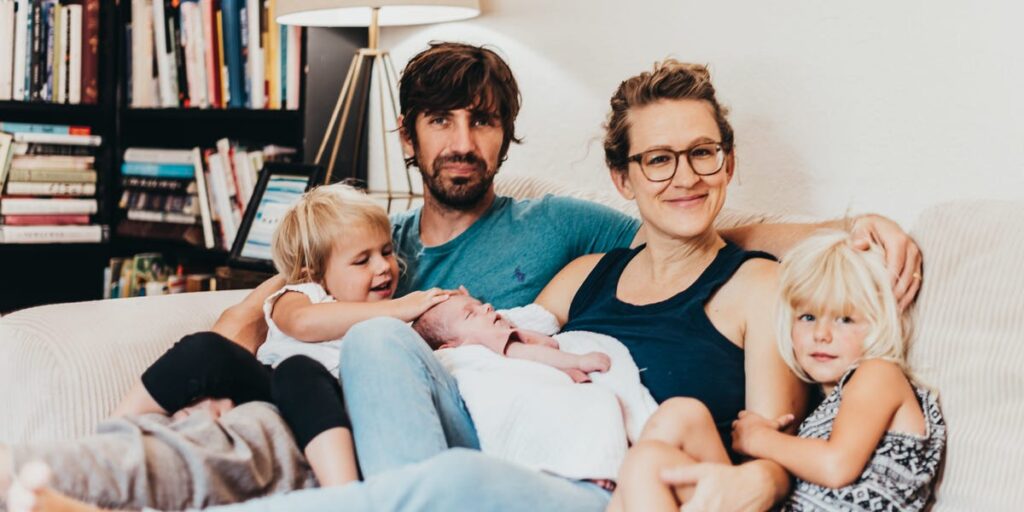I have a husband and several children, and from the outside, it definitely looks like a traditional setup. But it’s actually a little more nuanced than that.
We both wanted one parent at home when we had children, at least in the early years. I was burned out from my teaching job, and his job paid more anyway, so it was easy to see that it should be me. I also felt drawn to the role, partly because I’d be the one physically carrying, birthing, and feeding our children and partly because I simply wanted to be with my kids during their most vulnerable years.
We have three children now, and we’ve worked to make our lives work for us. Our setup may look traditional, but there are ways it isn’t.
Our family life looks traditional in many ways, but in other ways, it isn’t
Our life does align with the “provider/protector” and “nurturer/homemaker” gender roles in some ways, and in some ways, looks traditional on the surface. My husband is the primary earner for our family; he works full-time as an engineer to provide for the expanses of our family. I am the primary caretaker for our kids and work to take care of and run the details of our household.
However, there are many ways our life pushes back against simplistic ideas of these roles.
Many assume that a woman “at home” does not (or should not) do any other work. While I primarily care for our children and home, I also do some paid work outside those domestic duties. I’m a freelance writer, and I also teach a workshop part-time.
My desire to use my gifts outside the home was non-negotiable, and we moved closer to my family of origin so that I could more easily do so alongside my role as caretaker and homemaker.
Another common reality in “traditional” partnerships is that the man only works his job and does not really participate in caring for children or the home. This isn’t true for my husband. He is a very hands-on father and does dishes, laundry, and grocery shopping.
The way we see it, we’re both working all day, so when he comes home from work, we are both “on the clock” for the rest of the night. We’re both working to contribute to our lives together, and we communicate to make sure we each get breaks when we need them.
To be transparent, this has been an area of growth. For some years in our marriage, my husband didn’t understand — and therefore didn’t appreciate — all I contributed. It took me advocating for myself to get this to shift, including descriptions of the many invisible tasks I do and embodying a confidence that I am indeed an equal contributor.
Another widespread idea in partnerships with traditional gender roles is that the man is in charge, the “head of the household.” We see ourselves as equal partners, and we communicate and work together as such. Our money is shared, and we have a mutual commitment to our partnership and to one another (even in the event of a split, I wouldn’t doubt his character to make sure I’m financially taken care of).
This is what’s right for us
So, while my life may look “traditional,” it’s really just what works for us. I love getting to know my kids and letting them stretch and grow me as a person. I also love not having a stressful full-time job to attend to but rather working part-time on things that align with my interests and passions.
One of the hardest things about our traditional-looking setup is the assumptions people have made about me since I left my career and lived a mostly home-based life with my kids. Many seem to think I’m not ambitious, maybe not even very educated or capable.
This has been hurtful and has made it harder to embrace this traditional-looking life. However, I know what’s true about me and about my marriage, and that’s all it really takes. That, and a little bravery to simply do what’s right for you.
Read the full article here
















